
views
Reinstalling OS X from Recovery
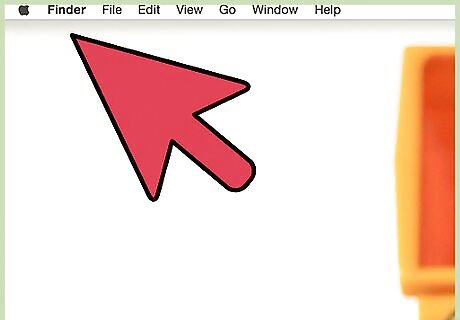
Power on your Macbook Pro and listen for the startup sound.
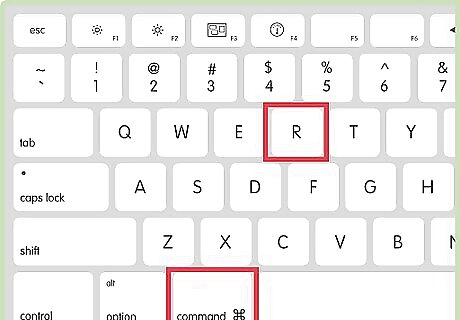
Press and hold the Command + R keys on your keyboard immediately after you hear the startup sound. This command will reinstall the version of OS X that was previously installed on your Macbook Pro. To install the version of OS X that was originally installed on your Macbook, press and hold the Command + Option + R keys instead.

Release the Command + R keys when the Apple logo displays on-screen. Your Macbook will prompt you to select an Internet connection.
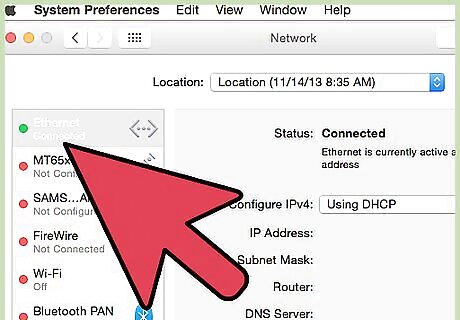
Select the option to connect the Macbook to your Wi-Fi network, or connect the Macbook to your Internet router using an Ethernet cable. You must be connected to the Internet to reinstall OS X using Recovery.
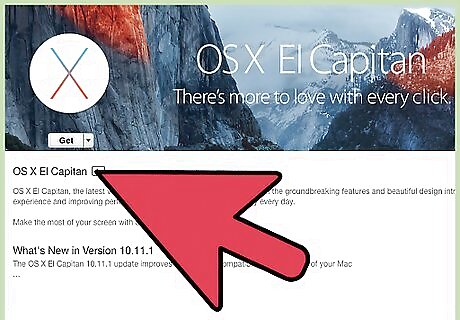
Select “Reinstall OS X” from the Recovery menu, then click on “Continue.”

Follow the on-screen instructions to reinstall OS X on your Macbook Pro. Your Macbook will guide you through the installation process, and you’ll be prompted to choose the hard disk on which you want OS X installed. When complete, your Macbook Pro will be formatted and OS X will be installed as new.
Restoring from a Time Machine Backup
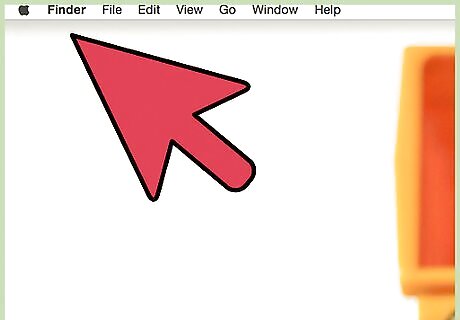
Power on your Macbook Pro and listen for the startup sound.
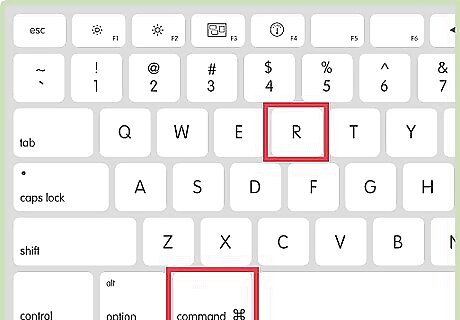
Press and hold the Command + R keys on your keyboard immediately after hearing the startup sound.
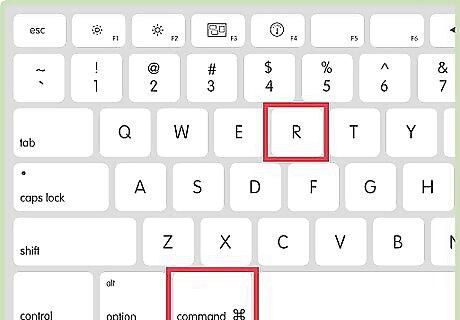
Release the Command + R keys when the Apple logo displays on-screen. Your Macbook will prompt you to select an Internet connection.
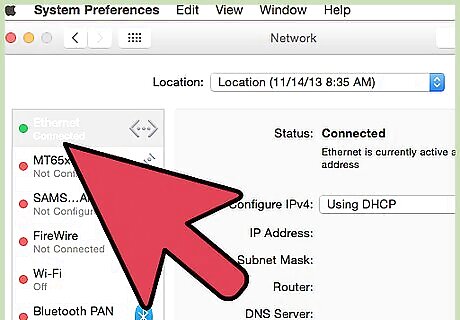
Select the option to connect the Macbook to your Wi-Fi network, or connect the Macbook to your router using an Ethernet cable. You must be connected to the Internet to restore OS X using Time Machine. The Recovery menu will display on-screen after connecting to the Internet.
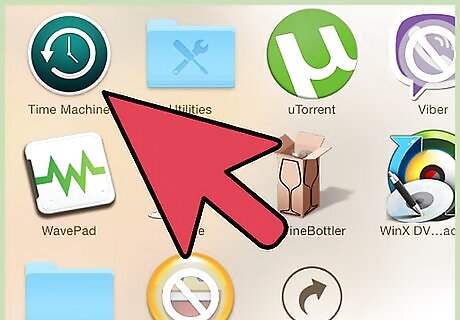
Select “Restore from Time Machine Backup,” then click on “Continue.” This method only works if you previously backed up your system using Time Machine. If you have never created a backup using Time Machine, follow the steps outlined in Methods One or Three of this article to format your Macbook Pro and reinstall OS X.
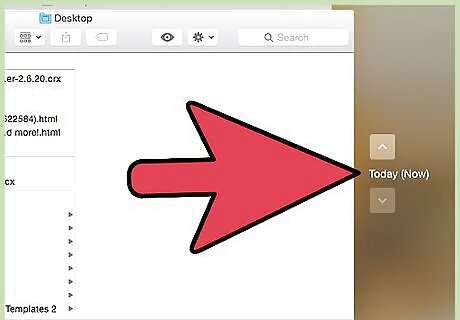
Select your Time Machine backup disk, then select the Time Machine backup you want restored. Formatting your Macbook Pro using this method will reinstall OS X, as well as your personal files. For example, if you are formatting your Macbook to reverse the effects of a virus, select a Time Machine backup that was created before the virus was installed on your system.
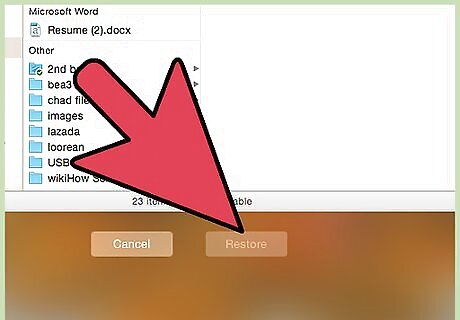
Click on “Continue,” then follow the on-screen instructions to reinstall OS X and your personal files. When complete, your Macbook Pro will be formatted and OS X will be reinstalled along with your personal data.
Erasing the Drive and Installing OS X
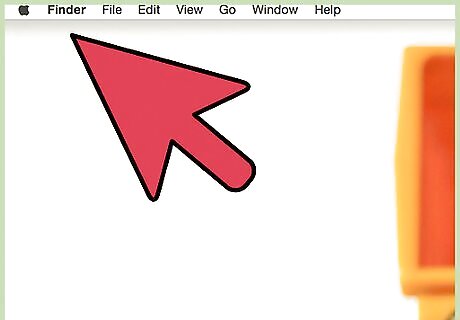
Power on your Macbook Pro and listen for the startup sound.
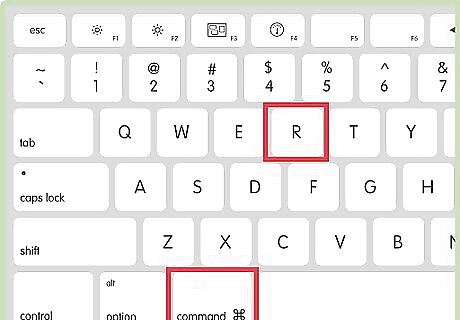
Press and hold the Command + R keys on your keyboard immediately after hearing the startup sound.

Release the Command + R keys when the Apple logo displays on-screen. You will be prompted to choose an Internet connection type.
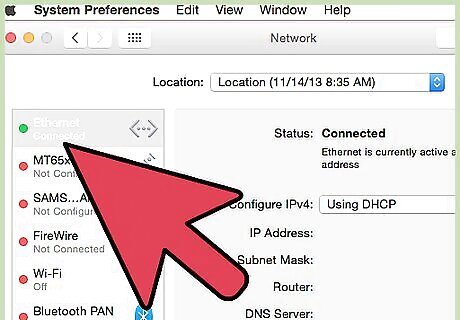
Select the option to connect the Macbook to your Wi-Fi network, or connect the Macbook to your router using an Ethernet cable. You must be connected to the Internet to reinstall OS X using this method. The Recovery menu will display on-screen after your Macbook is connected to the Internet.
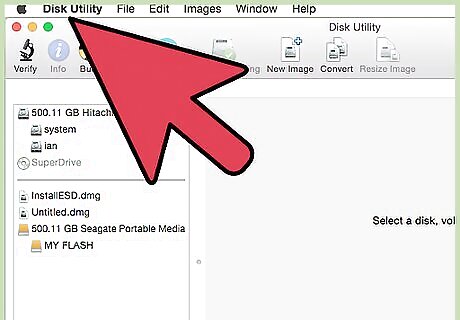
Select “Disk Utility” from the Recovery menu, then click “Continue.” This will open the Disk Utility menu.

Select the name of your startup disk in the left pane of Disk Utility, then click on the “Erase” tab. For most users, the name of the default startup disk is “Macintosh HD OS X.”
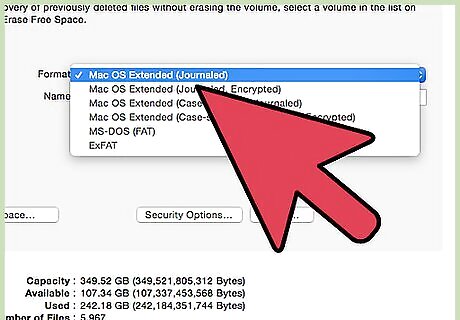
Select “Mac OS Extended (Journaled)” from the Format dropdown menu.
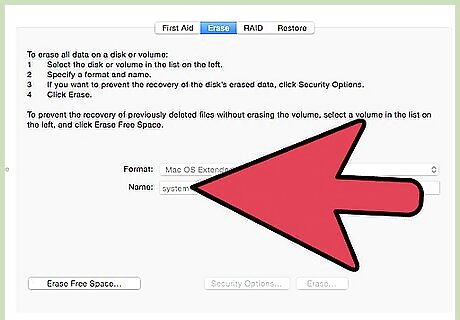
Type a name for your disk, then click on the “Erase” button. Your Macbook Pro will now erase your startup disk.
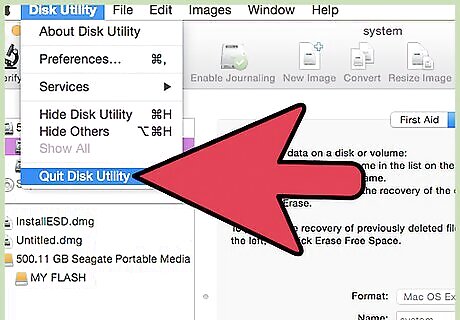
Close the Disk Utility window, then click on “Reinstall OS X” from the Recovery menu.
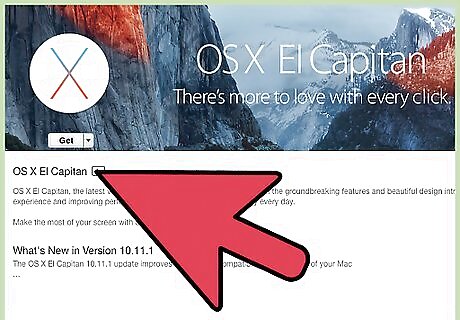
Click on “Continue,” then follow the on-screen instructions to reinstall OS X. When complete, your Macbook Pro will be formatted and OS X will be installed as new.



















Comments
0 comment